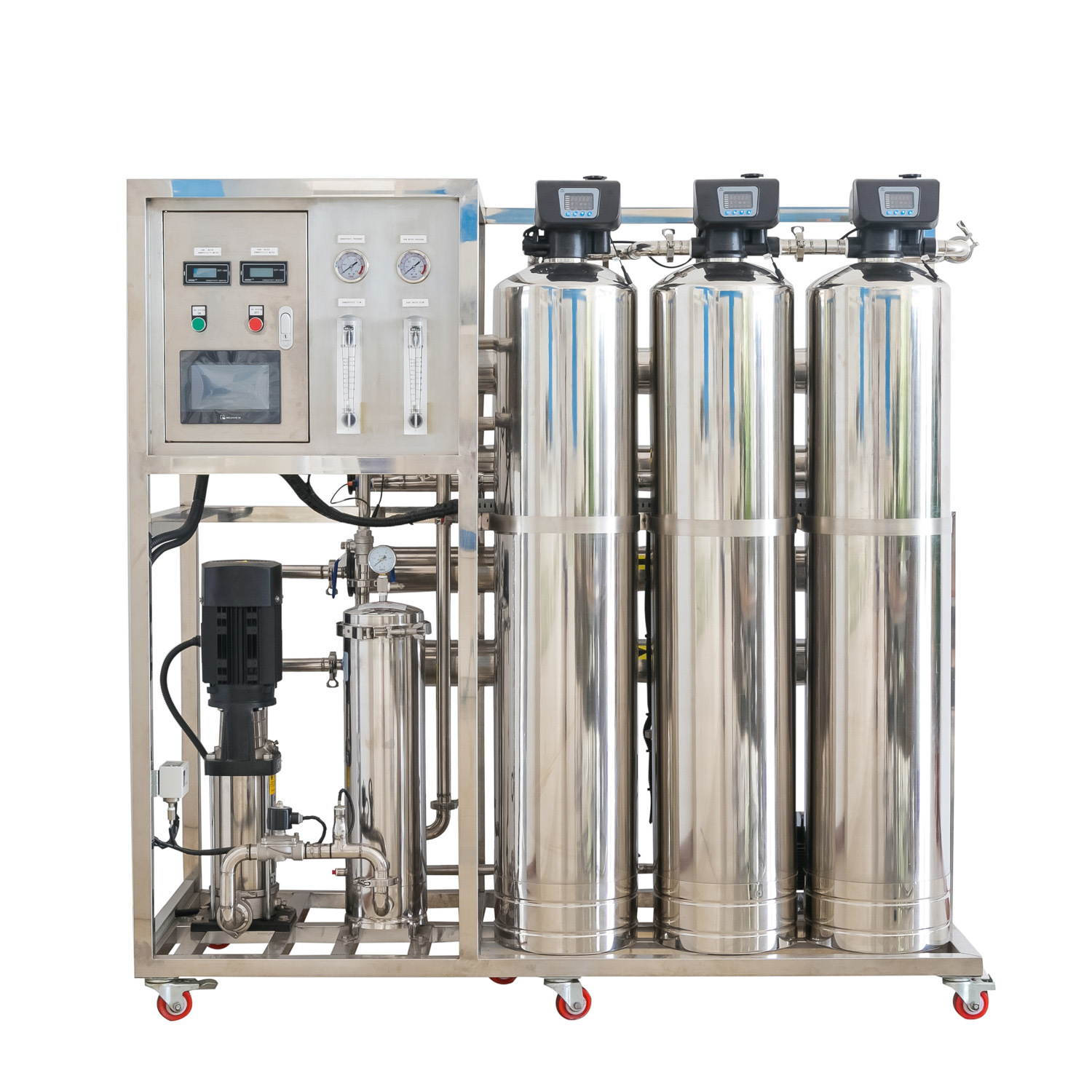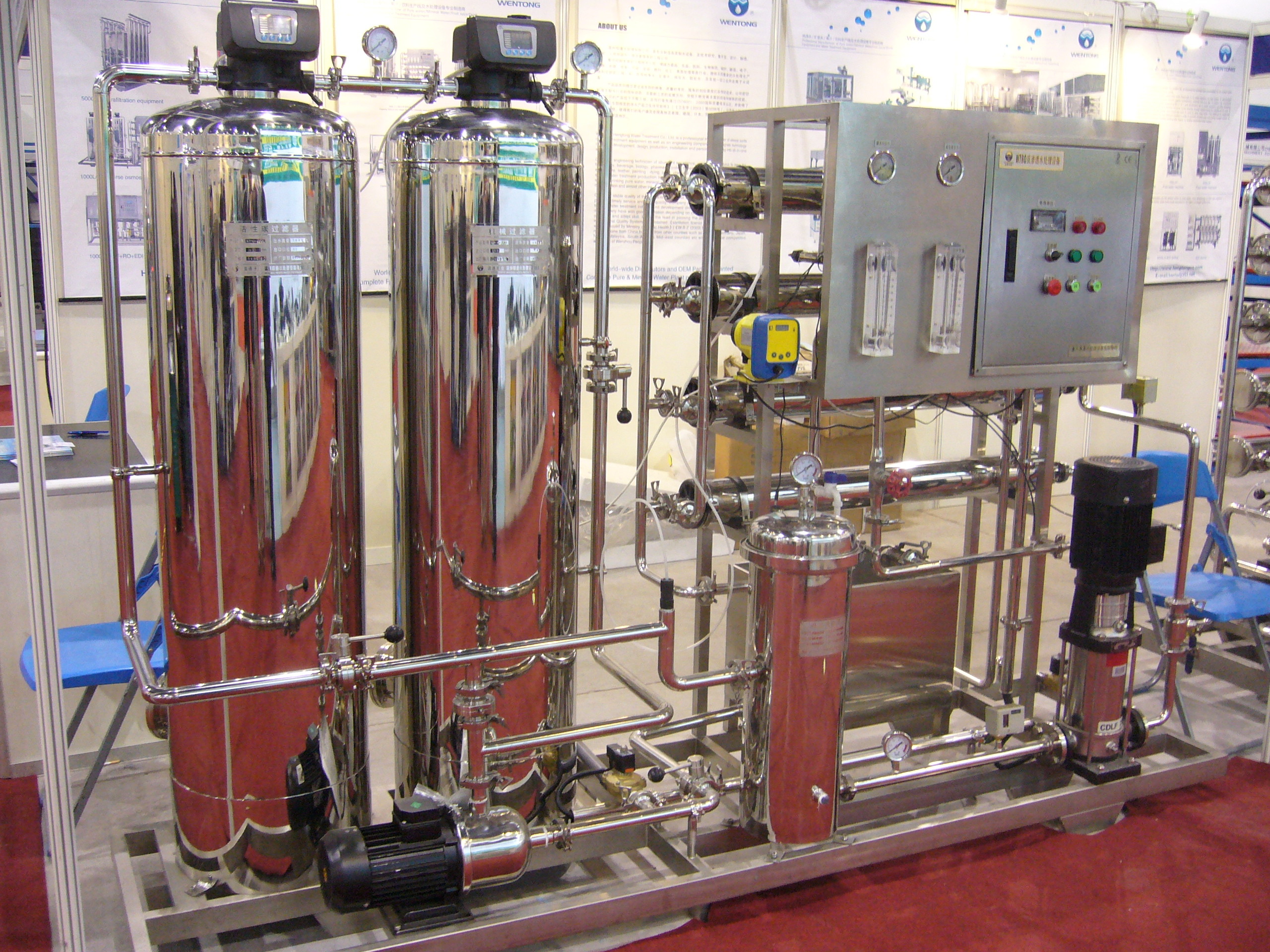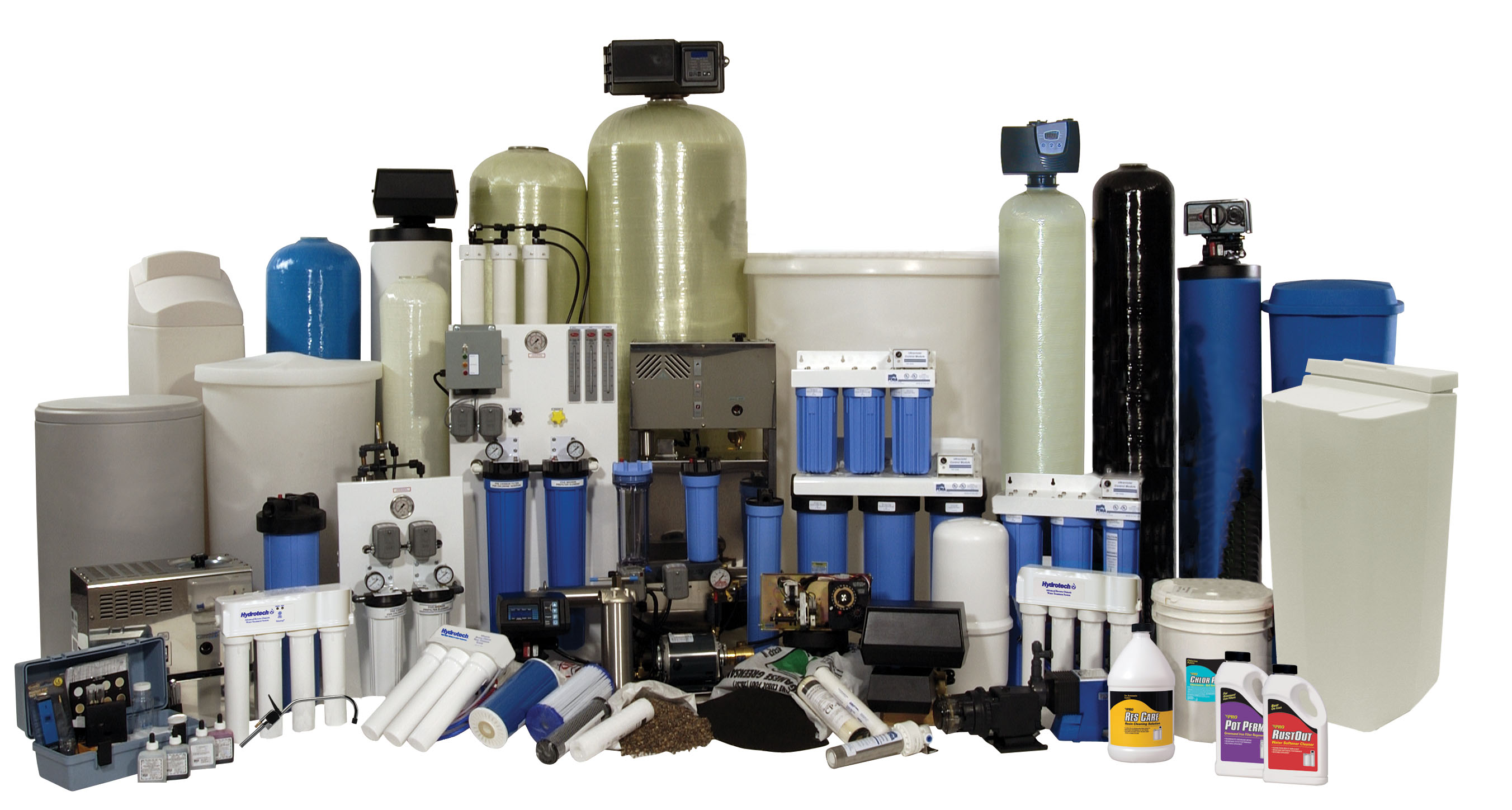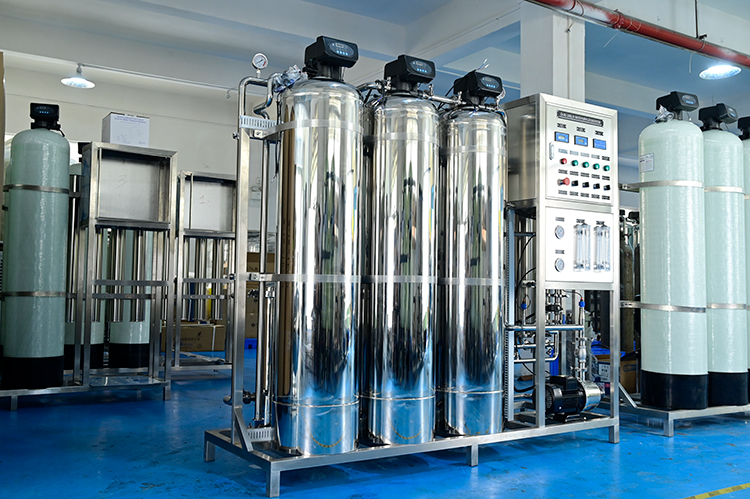Does the reverse osmosis system always drain?
As an important water treatment equipment, reverse osmosis system is widely used in households and industries. However, let us discuss the question of whether the ro system is always draining water.
1. Working principle of reverse osmosis system
First, we need to understand how the reverse osmosis system works. The reverse osmosis system filters impurities and contaminants in water through a semi-permeable membrane, thereby providing clean, healthy drinking water. In this process, part of the water flow passes through the semi-permeable membrane and is filtered into clean water, while the other part of the water is discharged from the system and becomes wastewater.
2. Reasons for drainage
Why does the reverse osmosis system drain? Drainage is determined by the working principle of the system. When the ro system is working, in order to maintain the cleanliness and filtration effect of the semipermeable membrane, the system needs to continuously discharge pollutants in the water. Therefore, drainage is an inevitable result of the normal operation of the reverse osmosis system.
3. Drainage conditions
However, reverse osmosis systems do not drain in all cases. Drainage usually occurs when the reverse osmosis system shuts down when the tank pressure reaches 2/3 of the supply line pressure and the ASO (automatic shut-off valve) closes. Continuous water flowing into the drain may mean that the ASO is not closed. An ASO will only function properly if components such as membranes, flow restrictors, water tanks, and check valves are all functioning properly.

How to solve the problem of continuous drainage of reverse osmosis system?
1. Check ASO valve
First, you need to check whether the ASO (automatic shut-off valve) valve is closed normally. If the ASO is not closed, the system will continue to drain. Make sure the ASO valve can automatically close when the tank pressure reaches 2/3 of the supply line pressure to avoid continuous drainage problems.
2. Check system components
Secondly, you need to check whether other components of the ro system, such as membranes, flow restrictors, water tanks, and check valves, are working properly. If any one of these components fails or becomes damaged, it can cause the system to continue to drain. Repair or replace damaged parts promptly to restore normal operation of the system.
3. Adjust system pressure
Sometimes, improper pressure settings in the system can also cause problems with continued drainage. Adjust the system's pressure settings to accommodate supply line pressure changes to ensure proper system operation and minimize water drainage.

How to optimize the drainage efficiency of reverse osmosis system?
1. Water saving measures
In order to reduce the drainage of the ro system, water-saving measures can be taken. For example, installing water-saving faucets, repairing leaky pipes, and rationally utilizing waste water can reduce the drainage volume of the system and improve water resource utilization efficiency.
2. Optimize system design
In addition, optimizing the design of the reverse osmosis system can also improve drainage efficiency. Select appropriate system specifications and components to ensure the system can adjust drainage according to actual needs to reduce energy consumption and drainage costs.
3. Regular maintenance
Regular maintenance of the ro system is also the key to improving drainage efficiency. Cleaning and replacing system components, adjusting system parameters, checking system operating status, etc. can ensure the normal operation of the system and improve drainage efficiency.

How to treat wastewater from reverse osmosis system?
Many people are also concerned about how to treat the wastewater generated by the reverse osmosis system. Wastewater treatment is an important link in ensuring environmental health and resource utilization.
Wastewater treatment methods
A variety of treatment methods can be adopted for the wastewater generated by the ro system. One common method is to discharge wastewater directly into a sewer or drainage system. Although this method is simple and convenient, it also has certain environmental impact issues.
Recycle waste water
Another approach is to recycle wastewater through treatment and filtration. After proper treatment, wastewater can be reused for irrigating plants, flushing the ground, etc., thereby realizing resource recycling.
Specialized wastewater treatment equipment
In addition, specialized wastewater treatment equipment can be used to treat wastewater through physical, chemical or biological methods. These devices remove contaminants from wastewater to meet discharge standards or reuse requirements.

Does reverse osmosis system affect water quality?
Finally, the question of whether the RO system will have an impact on water quality is also one of the focuses of people's attention.
Water quality impact of reverse osmosis system
Although the reverse osmosis system can filter impurities and pollutants in water and improve water quality, it may also have a certain impact on water quality. For example, reverse osmosis membranes may remove some minerals and trace elements from the water, causing the water to be too pure, which may have an impact on human health.
Drainage may take away some pollutants
In addition, the drainage produced by the reverse osmosis system may also take away some pollutants and chemicals, which may have a certain impact on the environment. Therefore, when using the reverse osmosis system, it is necessary to comprehensively consider its possible impact on water quality and the environment to make a scientific and reasonable choice.
As an important water treatment equipment, reverse osmosis system not only provides clean and healthy drinking water, but also faces drainage problems. Drainage is an inevitable result of the normal operation of the ro system, but continued drainage may mean there is a problem with the system.
By inspecting system components, adjusting pressure settings, and taking water-saving measures, you can solve the problem of continuous drainage, optimize the drainage efficiency of the system, and improve water resource utilization efficiency.




